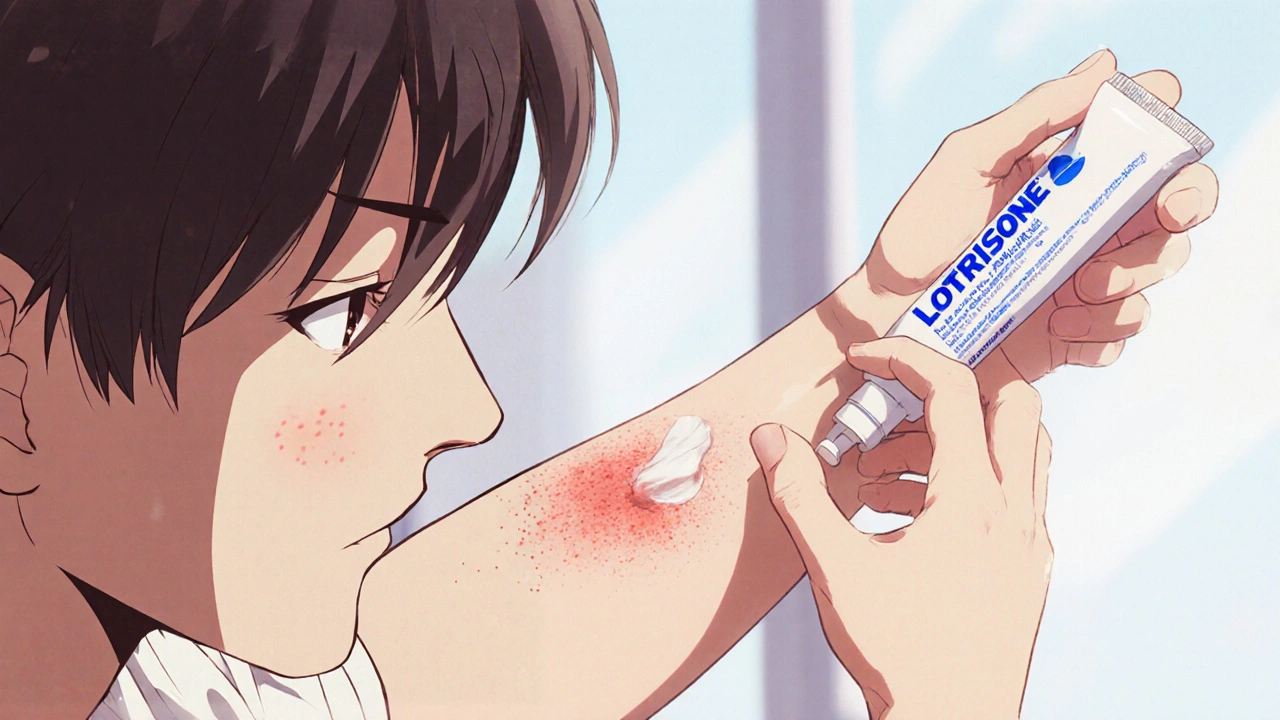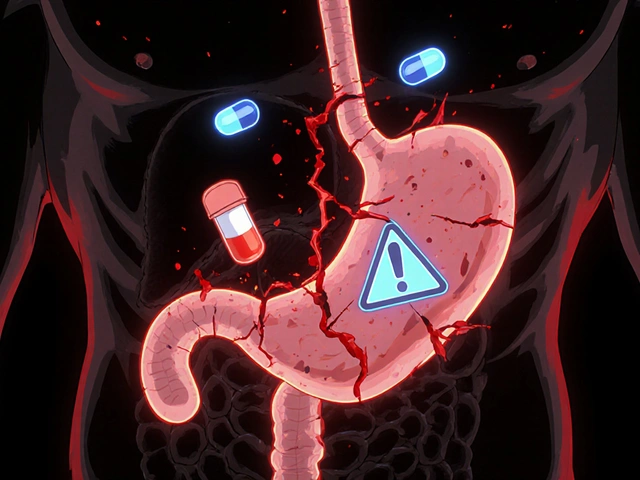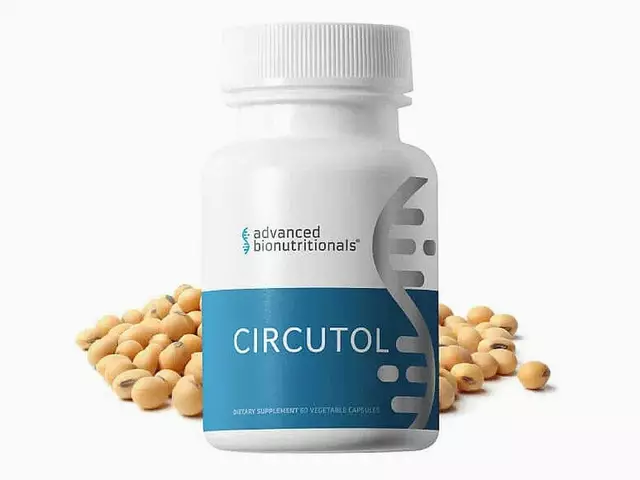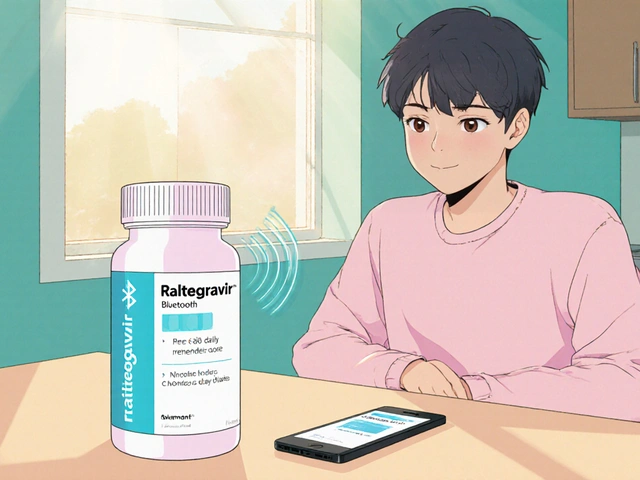Clotrimazole: What It Is, How It Works, and What Alternatives Exist
When you have a stubborn itchy rash, red patches, or a recurring yeast infection, Clotrimazole, a topical antifungal medication used to treat fungal infections of the skin, scalp, and nails. Also known as an azole antifungal, it works by stopping fungi from building their cell walls, which kills them or stops them from spreading. You’ll find it in creams, lotions, sprays, and even vaginal tablets—no prescription needed in most places. It’s one of the most trusted first-line options for things like athlete’s foot, jock itch, and ringworm, and it’s been used safely for decades.
Clotrimazole doesn’t work on bacteria or viruses, only fungi. That’s why it’s so common in medicine cabinets—it targets the exact problem without overtreating. People often confuse fungal rashes with eczema or allergic reactions, but if your skin is flaky, red, and burning, especially in warm, moist areas like between toes or under breasts, it’s likely fungal. Clotrimazole is usually applied once or twice daily for one to four weeks, depending on the infection. It’s not a quick fix, but it’s reliable when used correctly. Many users see relief in just a few days, but finishing the full course is key to stopping it from coming back.
Related treatments include terbinafine, an antifungal that kills fungi faster by disrupting their cell membranes, which is often used for nail infections. Then there’s miconazole, another azole antifungal similar to clotrimazole, often found in combination products for vaginal yeast infections. And for more serious or widespread cases, doctors may prescribe oral antifungals like fluconazole. But for most mild to moderate cases, clotrimazole is the go-to because it’s cheap, effective, and has fewer side effects than pills.
What you won’t find in most drugstore aisles is the full picture: why some people don’t respond to clotrimazole, or how overuse can lead to resistant strains. That’s where real-world experience matters. The posts below cover everything from comparing clotrimazole to other topical treatments, to how fungal infections behave differently in diabetics, to why some rashes keep returning even after treatment. You’ll also find practical advice on avoiding reinfection, choosing the right formulation for your skin type, and spotting when you need more than just a cream.

Lotrisone vs. Topical Antifungal Alternatives: Detailed Comparison
- Date: 26 Oct 2025
- Categories:
- Author: David Griffiths
A side‑by‑side look at Lotrisone versus common antifungal alternatives, covering ingredients, prescription status, costs and when to choose each.




